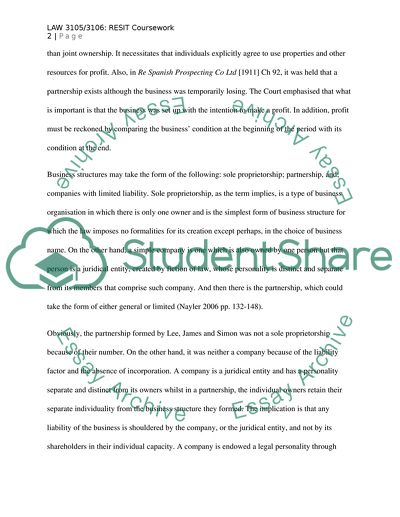Cite this document
(Business Organisations Law: Law 3105/3106 Case Study, n.d.)
Business Organisations Law: Law 3105/3106 Case Study. Retrieved from https://studentshare.org/law/1740149-business-organisations-law
Business Organisations Law: Law 3105/3106 Case Study. Retrieved from https://studentshare.org/law/1740149-business-organisations-law
(Business Organisations Law: Law 3105/3106 Case Study)
Business Organisations Law: Law 3105/3106 Case Study. https://studentshare.org/law/1740149-business-organisations-law.
Business Organisations Law: Law 3105/3106 Case Study. https://studentshare.org/law/1740149-business-organisations-law.
“Business Organisations Law: Law 3105/3106 Case Study”, n.d. https://studentshare.org/law/1740149-business-organisations-law.


